How To Clean A Pasta Machine
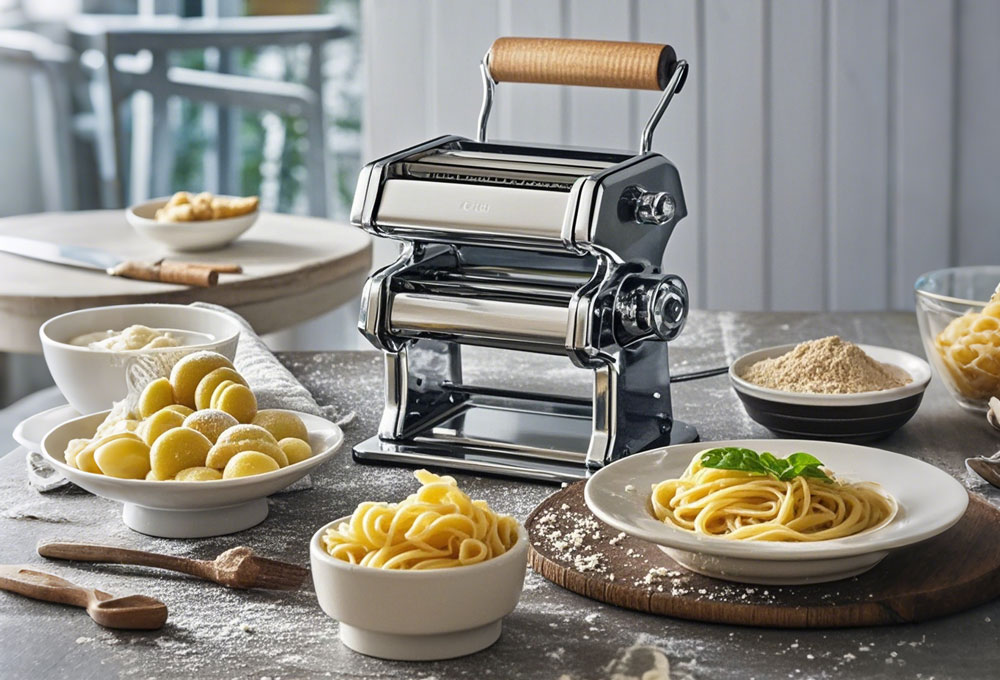
Introduction: Why Cleaning Your Pasta Machine is Crucial
A pasta machine is a valuable tool in any kitchen, whether you're making fresh pasta for a family meal or producing large quantities for a business. Like any equipment, regular maintenance is essential for ensuring it performs at its best. Cleaning your pasta machine properly not only enhances its longevity but also ensures consistent results with every batch. If you fail to clean your machine after each use, dough residue can clog the rollers, leading to poor pasta quality, mechanical malfunctions, or even rust. This guide will walk you through the process, helping you maintain a high-performing, durable machine.
The Importance of Proper Cleaning for Performance
The functionality of your pasta machine hinges on cleanliness. Pasta dough, which often contains flour, eggs, and water, can quickly build up inside the machine’s components if left uncleaned. This can disrupt the smooth operation of the rollers, affect the consistency of your pasta, and potentially damage sensitive parts. Proper cleaning ensures your machine works efficiently, allowing you to produce pasta of the finest quality consistently.
Preventing Cross-Contamination and Maintaining Hygiene
For those making fresh pasta, especially in professional kitchens, hygiene is critical. Any leftover dough or flour can lead to cross-contamination, potentially causing health hazards. By cleaning the machine thoroughly, you ensure that your pasta machine remains a safe environment for food preparation, whether you're working with multiple pasta types or preparing dishes for different customers.
How Regular Cleaning Extends the Life of Your Pasta Machine
By maintaining a regular cleaning schedule, you prevent the buildup of dough residues, which can harden and cause the machine’s rollers or gears to malfunction. A clean machine operates more smoothly and is less prone to breakdowns, extending its lifespan. Regular cleaning also minimizes the need for costly repairs, making it a wise investment in the long term.
Understanding Your Pasta Machine: What You Need to Know Before You Clean
Different Types of Pasta Machines: Manual vs. Electric
Manual pasta machines rely on hand-cranked operation, which may be simpler to clean, as there are fewer components and no electrical parts involved. Electric pasta machines, on the other hand, are more complex and require additional care to ensure all electrical components remain dry and undamaged during cleaning.
Key Parts of a Pasta Machine That Need Cleaning
The primary areas that require regular cleaning are the rollers, cutters, gears, and exterior parts. These areas can accumulate dough and flour, which, if left unchecked, can affect the machine’s performance. Understanding which parts are most prone to buildup will help you clean them more effectively.
Common Issues Caused by Poor Maintenance
Neglecting to clean your pasta machine can lead to various issues, such as dough becoming stuck in the rollers, uneven pasta thickness, and even breakdowns in the motor or gears. Poor maintenance can also cause rusting, particularly in machines with metal components. These problems are easily preventable with regular, thorough cleaning.
What You’ll Need for Cleaning Your Pasta Machine
Essential Tools for Effective Cleaning
To clean your pasta machine properly, you’ll need a few basic tools: a soft cloth or sponge, a toothbrush, a flat wooden spatula or dough scraper, and a small brush for crevices. These tools will allow you to gently remove dough and flour without damaging the machine.
Cleaning Solutions: What’s Safe and What to Avoid
When cleaning, it’s important to avoid harsh chemicals that can damage the finish or internal components of your machine. Stick to mild dish soap or warm water for general cleaning. For tougher residue, a mixture of vinegar and water can help. Never use abrasive cleaners, as they can scratch or erode the surfaces of your pasta machine.
The Role of Brushes, Cloths, and Sponges in Cleaning
A soft cloth is ideal for wiping down the exterior and rollers, while a toothbrush can help dislodge dough stuck in tight spaces. Sponges are great for general cleaning, but ensure they’re non-abrasive to prevent damaging delicate parts.
Step-by-Step Guide: How to Clean a Manual Pasta Machine
Step 1: Unplug and Disassemble Your Pasta Machine
Start by unplugging the machine (if applicable) and carefully disassembling any removable parts such as the handle, rollers, or cutter attachment. This makes it easier to clean each component thoroughly.
Step 2: Remove Excess Dough and Residue
Use a flat spatula or scraper to gently remove any excess dough from the rollers and gears. Avoid using sharp tools that could damage the machine’s surface.
Step 3: Clean the Rollers and Cutting Mechanism
Wipe down the rollers with a damp cloth to remove any remaining dough. For stubborn residue, use a toothbrush to scrub gently between the rollers and cutting mechanism.
Step 4: Wipe Down the Exterior and Handle
Use a soft cloth to clean the exterior of the pasta machine, focusing on the handle and any metal or plastic parts. Be sure to dry these components thoroughly to prevent rust.
Step 5: Reassemble and Store Properly
Once the machine is clean and dry, carefully reassemble the parts. Store the machine in a dry place, preferably in a protective cover, to prevent dust or dirt from accumulating.
Step-by-Step Guide: How to Clean an Electric Pasta Machine
Step 1: Unplug the Machine and Remove Attachments
Always unplug your electric pasta machine before cleaning. Detach any accessories or attachments, such as pasta cutters or rollers, to make cleaning more thorough.
Step 2: Clean the Rollers and Other Key Parts
Use a damp cloth to wipe down the rollers and any other exposed parts, such as gears. For stuck dough, a soft brush or toothbrush is helpful in removing buildup without damaging the parts.
Step 3: Wipe the Exterior and Control Panel
The exterior, including the motor housing and control panel, should be wiped gently with a dry or slightly damp cloth. Avoid allowing any water to seep into the motor or electrical components.
Step 4: Check and Clean the Motor Housing
Carefully wipe the motor housing with a dry cloth to remove any accumulated flour or dough particles. Never submerge the housing in water, as this can damage the internal electrical parts.
Step 5: Reassemble and Test the Machine
After cleaning, ensure all components are dry before reassembling the machine. Test it briefly to ensure everything is working correctly before storing it away.
Tips for Cleaning Hard-to-Reach Parts
Using a Toothbrush for Small Gaps and Crevices
A toothbrush with soft bristles is perfect for cleaning areas like between the rollers, around the gears, or inside the cutter attachment. It can reach tight spaces that are otherwise difficult to clean with cloths or sponges.
Cleaning Inside the Pasta Roller Mechanism
To clean inside the rollers, gently rotate the handle while wiping the rollers with a damp cloth. If dough is stuck, use a small brush to carefully loosen it.
How to Safely Remove Dough That Gets Stuck
For dough that’s particularly stuck, allow the machine to dry for a few hours before gently scraping it off with a wooden spatula. Avoid using metal tools that might scratch or damage the machine.
How Often Should You Clean Your Pasta Machine?
Daily Cleaning vs. Weekly or Monthly Maintenance
If you use your pasta machine daily, a quick clean after each use is recommended. For those using the machine less frequently, a weekly or monthly deep clean may suffice.
Signs That Your Pasta Machine Needs Immediate Cleaning
If your pasta machine begins to perform poorly, produces uneven pasta, or starts making unusual noises, it’s time for a cleaning. This can be a sign that dough has built up and is impeding its function.
How Frequency of Use Affects Cleaning Schedules
Machines used more frequently will accumulate dough and flour faster. For heavy-use machines, cleaning after every session is essential to prevent buildup and preserve performance.
How to Prevent Dough From Sticking to the Pasta Machine
Using Flour to Prevent Build-Up
Flour is your best friend when it comes to preventing dough from sticking. Dust the machine’s rollers and surface with flour before and during use to minimize dough buildup.
The Right Way to Flour Your Dough
Ensure your dough is lightly dusted with flour before feeding it through the rollers. This helps prevent it from becoming sticky and allows it to glide smoothly through the machine.
Deep Cleaning Your Pasta Machine: How to Do It Right
Why Deep Cleaning Is Necessary from Time to Time
Over time, flour and dough can build up inside parts that are difficult to reach. A deep clean ensures every part is thoroughly cleaned and properly maintained.
How to Disassemble and Clean Every Component
Disassemble the machine as thoroughly as possible to clean each component individually. Pay close attention to the rollers, gears, and cutters.
Special Considerations for Machines with Non-Stick Coatings
If your pasta machine has a non-stick coating, avoid abrasive cleaners or scrubbers. Use soft cloths and avoid excessive moisture to protect the coating.
The Role of Lubrication in Pasta Machine Maintenance
Why and How to Lubricate the Rollers and Gears
Lubricating the gears and rollers ensures they run smoothly and reduces friction. Use food-safe lubricants to keep your pasta machine working efficiently.
Best Types of Lubricants for Pasta Machines
Always use food-safe, non-toxic lubricants designed for kitchen appliances. Avoid using any oils or greases that are not food-grade, as they may contaminate the pasta.
How Often Should You Lubricate Your Pasta Machine?
Lubricate your machine’s gears and rollers after every deep cleaning or every few months, depending on usage.
How to Deal with Rust on Your Pasta Machine
How Rust Forms on Pasta Machines
Rust occurs when moisture comes in contact with metal components over time, especially if the machine is not dried properly after cleaning.
Methods for Removing Rust Safely
To remove rust, gently scrub the affected area with a fine steel wool pad or use a rust remover specifically designed for kitchen equipment. Be sure to clean the area thoroughly afterward.
Preventing Rust with Regular Cleaning and Proper Storage
Ensure that the machine is dried completely after each cleaning session, and store it in a dry location to prevent moisture buildup and rust.
Conclusion: Keeping Your Pasta Machine in Peak Condition
Regular cleaning and maintenance are essential for keeping your pasta machine in peak condition. By following these guidelines, you’ll ensure that your machine remains functional, hygienic, and ready to produce delicious pasta for years to come. Proper care not only boosts performance but also protects your investment, giving you the peace of mind to enjoy cooking with your pasta machine for a long time.
Must-Read Blogs For Chain Restaurants Owner








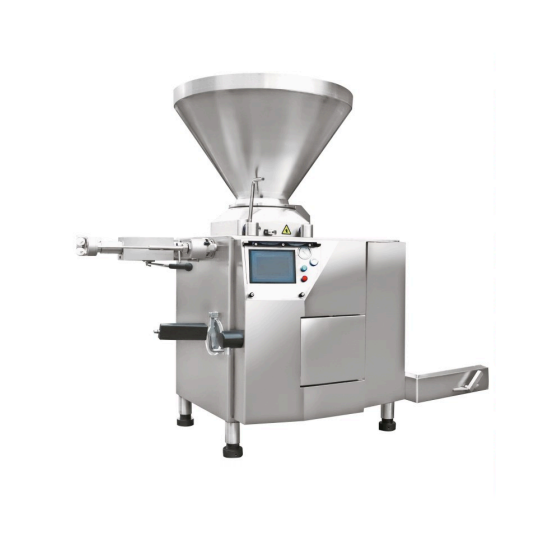
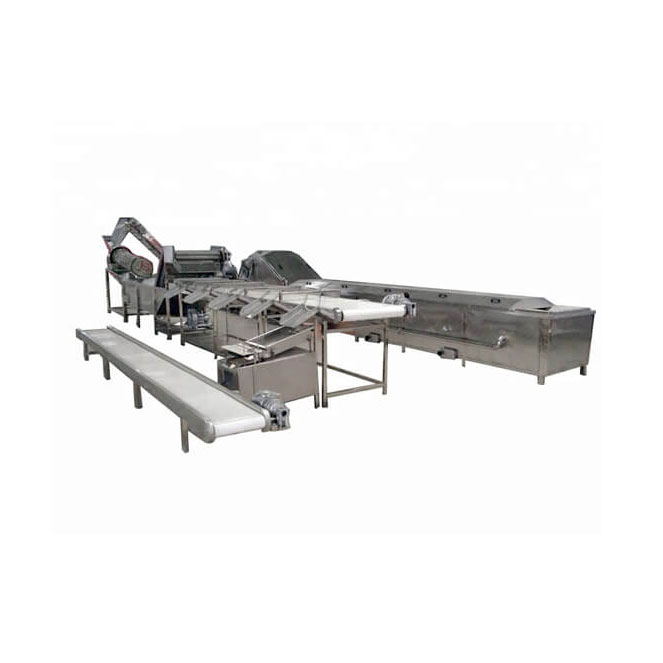
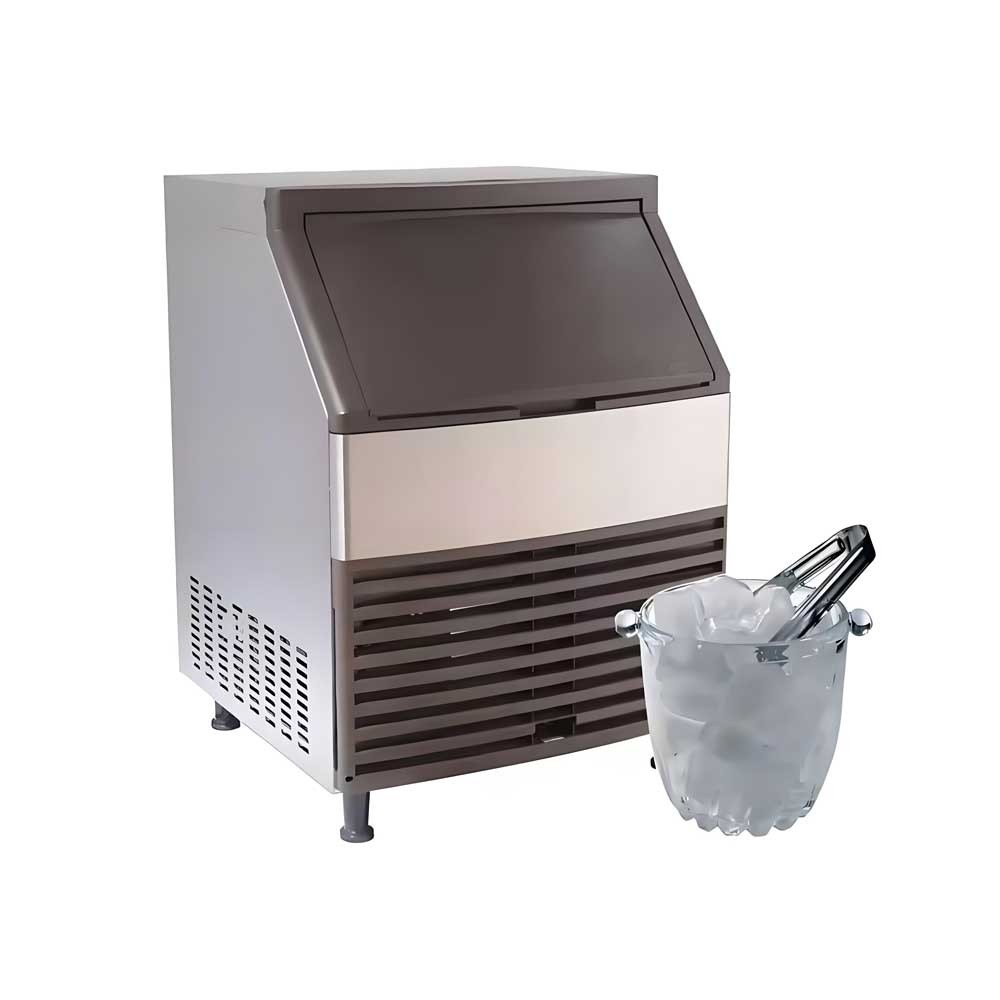
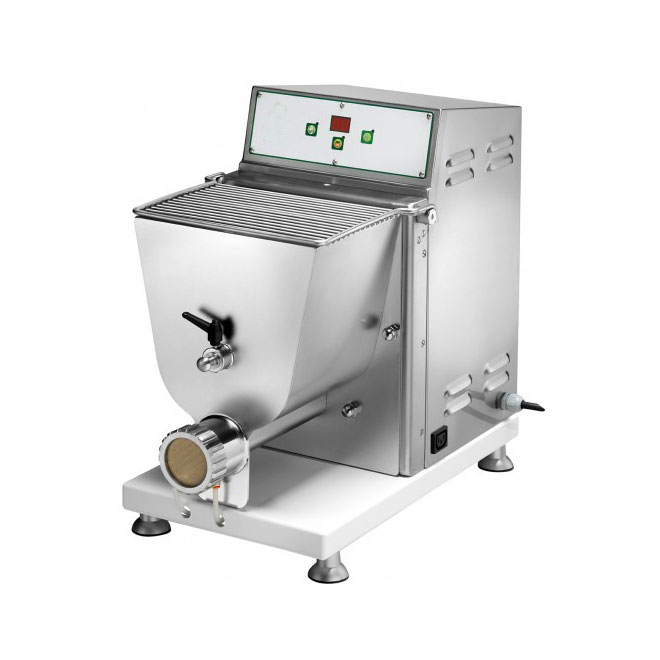 Pasta Machine
Pasta Machine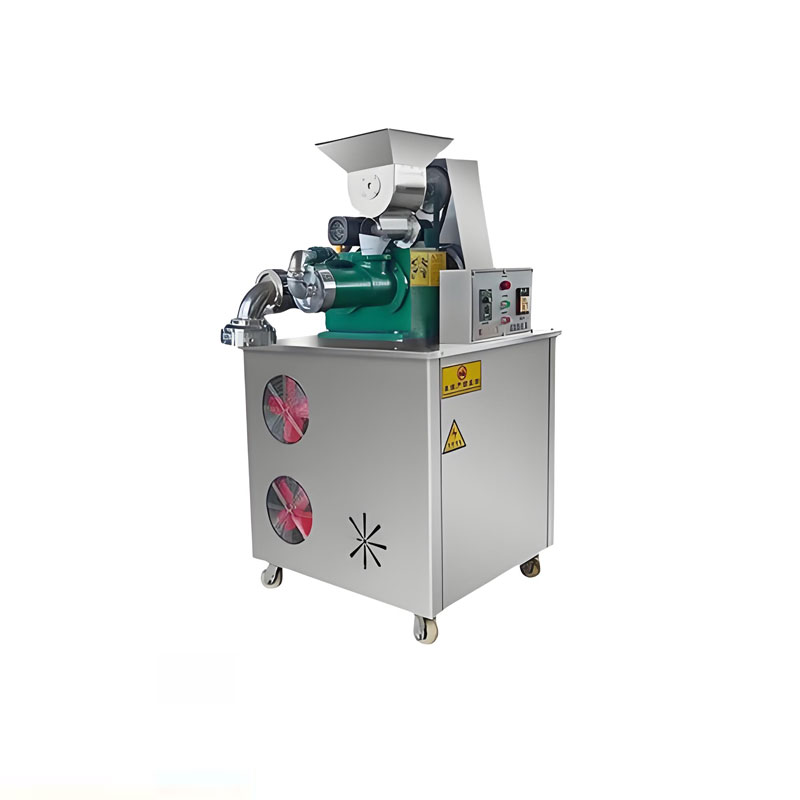 Multifunction Pasta Machine
Multifunction Pasta Machine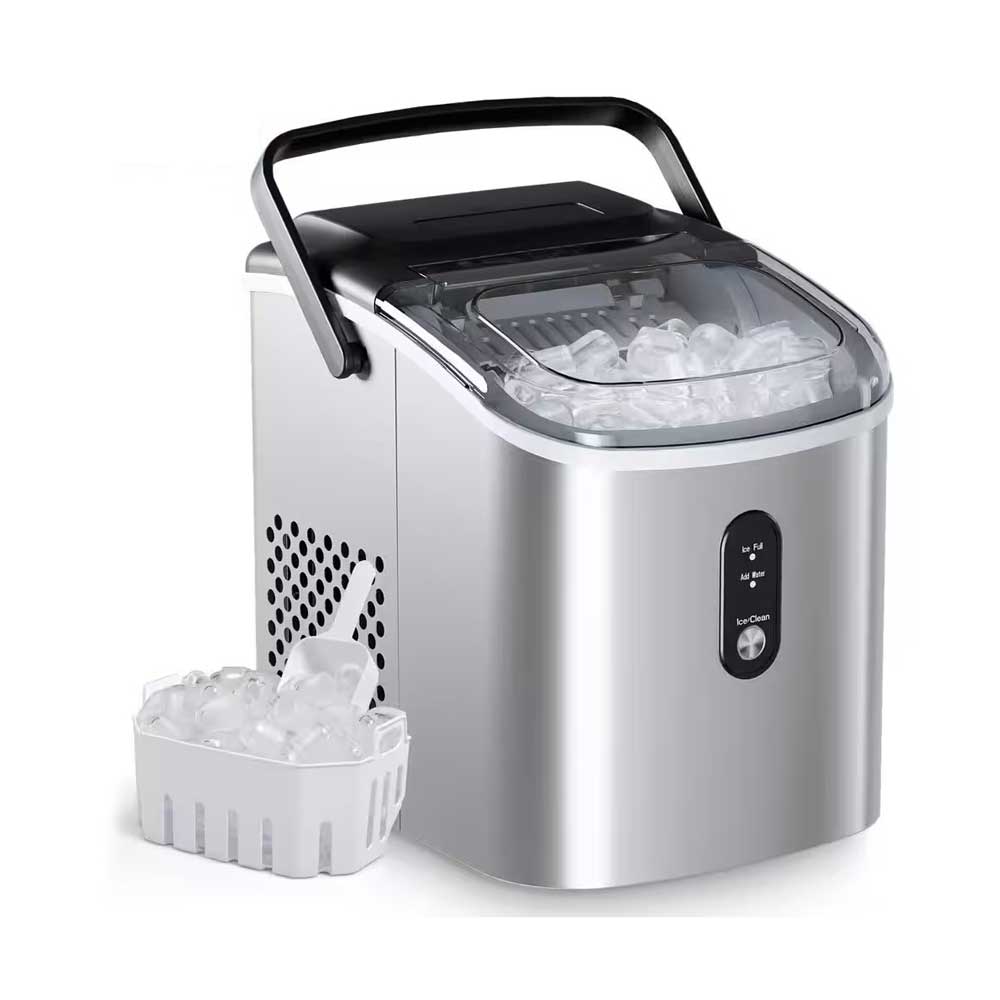 Portable Flake Ice Machine
Portable Flake Ice Machine
Ready to Get Started?